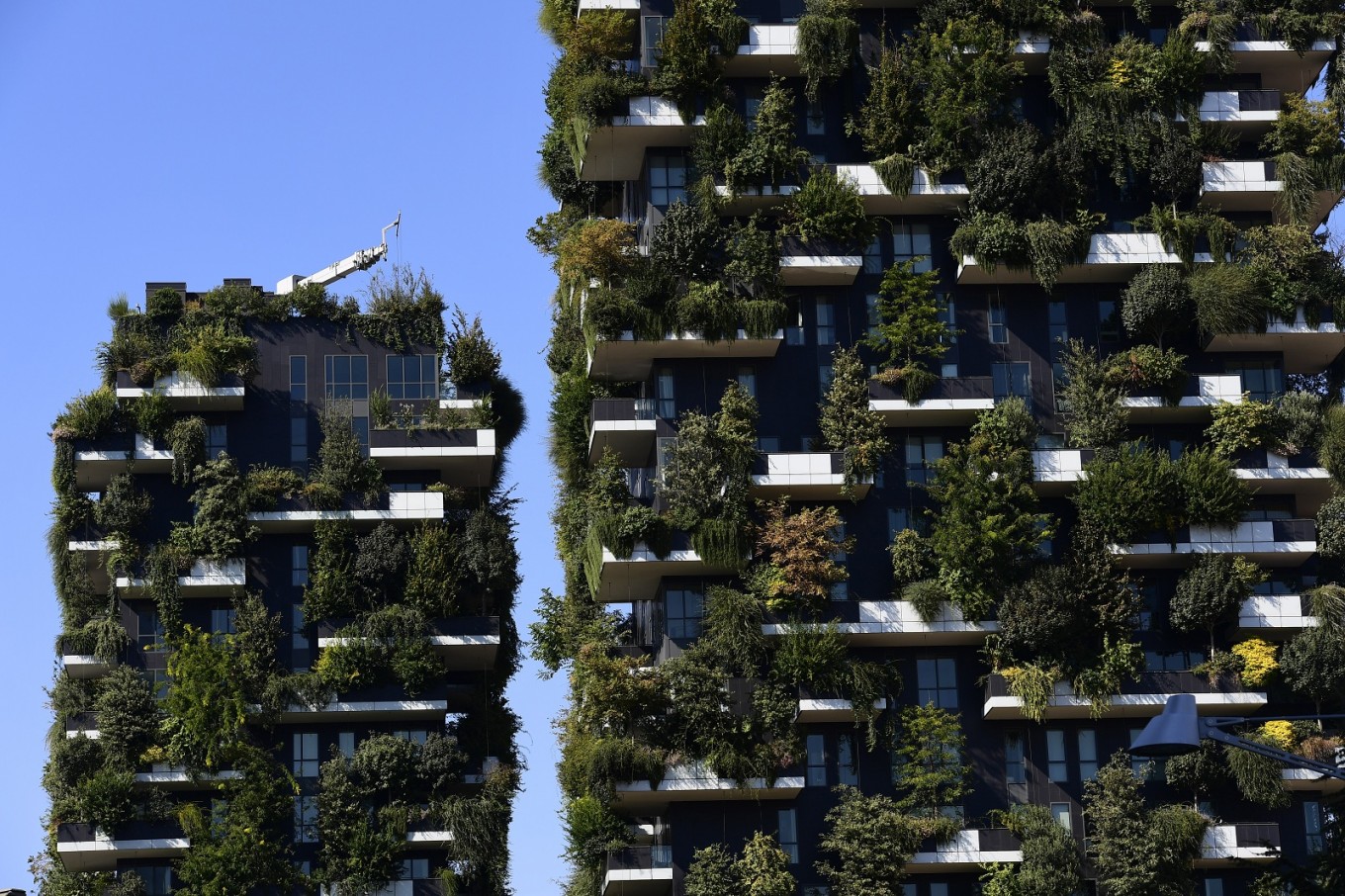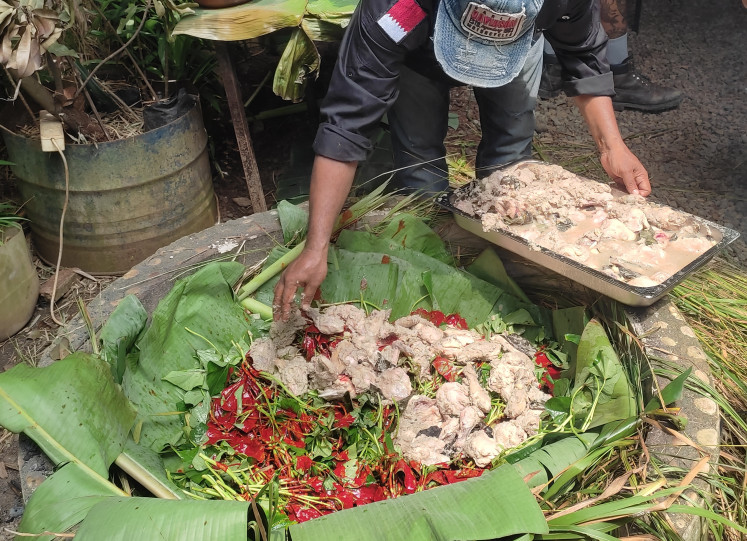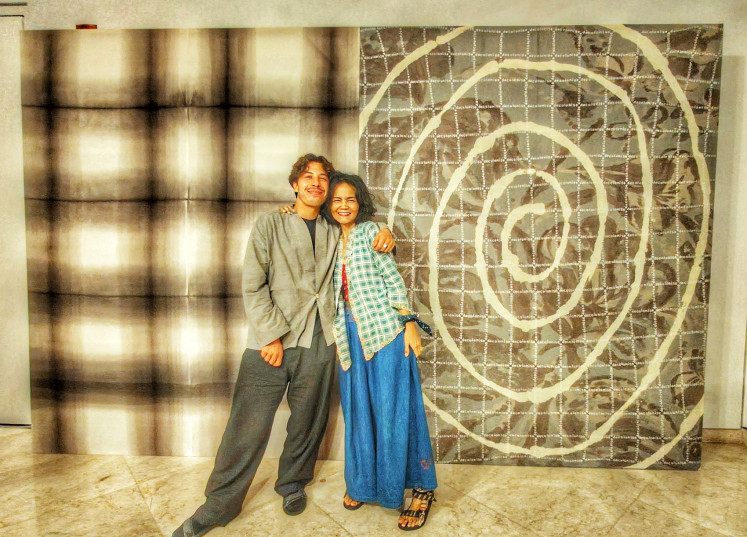Popular Reads
Top Results
Can't find what you're looking for?
View all search resultsPopular Reads
Top Results
Can't find what you're looking for?
View all search resultsFive plant-covered buildings for greener environment
A list of buildings that have successfully integrated plants into the building design.
Change text size
Gift Premium Articles
to Anyone
B
uildings with lush plants covering the exterior are not new anymore, as integrating greenery into the design of a building is becoming more popular.
Integrating plants into buildings provides many benefits, such as producing fresh oxygen, reducing air pollution and helping to cool down the neighborhood.
Kompas.com has compiled a list of five buildings that have successfully integrated plants into the building design.
1. Willis Faber and Dumas Headquarters
Built in 1975 and designed by Sir Norman Foster, the Willis Faber and Dumas Headquarters, also known as the Willis Building, in Ipswich, England, is a pioneer in its design. It began to implement energy-saving standards that are now widely used in modern buildings.
The rooftop also feature grass, which can help ward off heat. The innovative building has received awards for being energy-friendly.
2. ACROS
The Asian Crossroads Over the Sea (ACROS) of the Fukuoka Prefectural International Hall in Japan is another example of integrating plants into the building's architecture.
Opened in 1995, the building became the cultural center in Fukuoka. Boasting 14 floors, ACROS was designed by Emilio Ambasz.
The roof exterior is designed in a terrace-style and has a garden filled with various types of plants on each level.
The building features green areas spanning 100,000 square meters across 15 terraces, boasting 50,000 plants of 120 different species.
ACROS Fukuoka has implemented a solution to urban problems by utilizing available space for green features.
Read also: Six eco-friendly accommodation options for green travelers
3. Parkroyal on Pickering
The architectural firm behind Parkroyal on Pickering, WOHA, focuses on building green buildings. Parkroyal on Pickering, built in Singapore, was designed as a hotel and office in a garden.
Completed in 2013, the building offers views of green space from its windows. Built on 7,500 sq m of land, Parkroyal not only offers indoor gardens, its design is also in line with Singapore's reputation as a city of parks.
The building is designed to maximize the available resources. One way it does this is to collect rainwater that is used to water plants on the top floor, without having to turn on the pump.
4. Bosco Verticale
The twin towers of Bosco Verticale, which translates to "vertical forest", successfully integrate green plants into the entire floor of the building, providing biodiversity by using various types of plants and shrubs.
Standing 112 and 80 meters tall in the center of the Italian city of Milan, the buildings are covered with 480 large and medium-sized plants and 300 small plants.
In addition, the parks inside are also equipped with a bird and insect habitat, creating a garden ecosystem.
The diversity of plants in this buildings create a microclimate that produces moisture, absorbs carbon dioxide, produces oxygen as well as providing protection against radiation and pollution.
To keep plants and trees from being blown away by the wind, vegetation is tethered using steel wire.
The vast garden area in Bosco Verticale's vertical park is equivalent to 1,500 to 20,000 sq m of forest and shrubs.
5. Oasia Hotel Downtown
Following in Parkroyal's footsteps in building environmentally friendly buildings is Oasia Hotel Downtown in Singapore, which was designed by the same architectural firm, WOHA.
The hotel building has a red facade decorated with various types of plants.
The 27-story building is equipped with three large swimming pools and three terraces. To enhance the appearance, the architects of this building also used aluminum cladding.
The trellis-like cladding gives the building a very striking look.
Oasia Hotel is equipped with 21 types of vines that provide food for the birds and insects around it.
It was named the "Best Building in the World" by the Council on Tall Buildings and Urban Habitat in 2018. (liz/wng)











